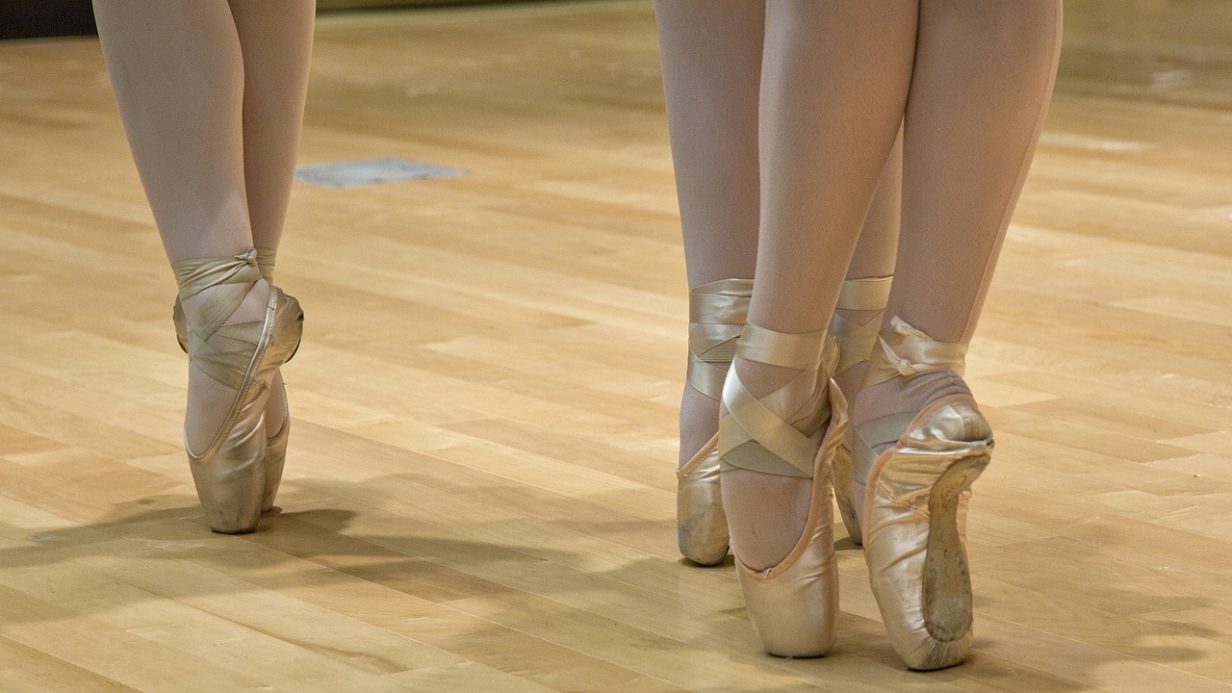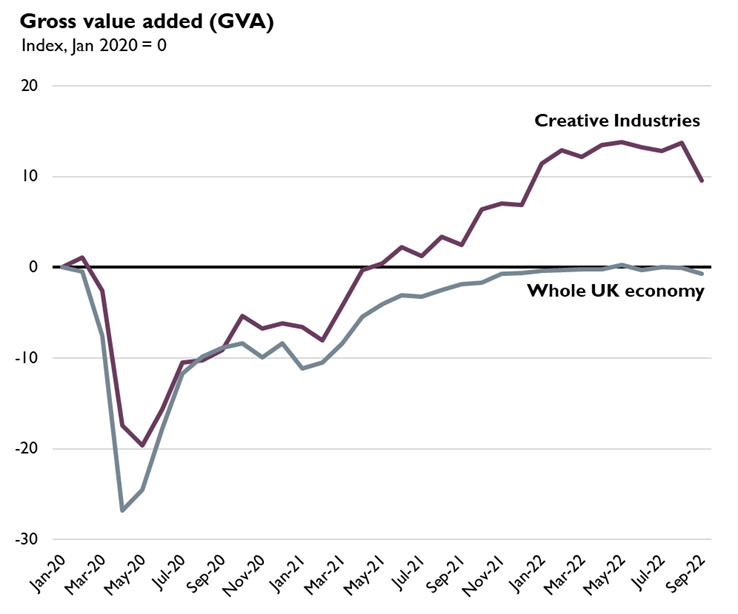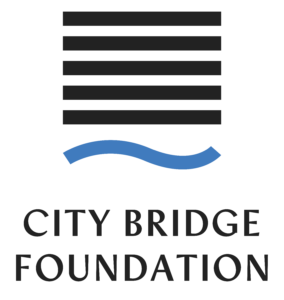SUMMARY How may the value and impact of engaging with culture evolve across someone’s lifetime?…

Arts and creative industries: The case for a strategy
The creative industries have been identified as a driver of economic growth and employment by the government and industry stakeholders. The government has said it will publish a ‘sector vision’, setting out its strategy for increasing growth in the creative industries sector. Initially set for publication in 2021, the sector vision has been delayed until 2023. This briefing considers recent developments in the formation of the government’s strategy for the arts and creative industries.
On 8 December 2022, the House of Lords is due to consider the following:
Viscount Chandos (Labour) to move that this House takes note of the case for a strategy towards the arts and creative industries considering the UK’s world leading position and benefits to the economy and levelling up
1. Contribution of creative industries to the UK economy: facts and figures
1.1 Economic output
Recent data from the Department for Digital, Culture, Media and Sport (DCMS) shows that:
- The creative industries sector contributed £109bn to the UK economy in 2021. This is equivalent to 5.6% of the UK economy that year. The largest subsector within the creative industries was IT, software and computer services, which accounted for 2.3% of the UK economy in 2021. (These figures are based on monthly estimates for gross value added (GVA).)
- While the economic output of the creative industries fell during the Covid-19 pandemic, it was less adversely affected than the UK economy as a whole. Monthly GVA in the creative industries fell by 6.6% between January 2020 and January 2021, compared with the 11% decline for the UK economy as a whole. However, certain subsectors within the creative industries were more adversely affected. For example, over the same period, the monthly GVA for museums, galleries and libraries fell by 37%. Indeed, during the pandemic visitor numbers for DCMS-sponsored museums fell from 50 million visitors in 2019 to 11.5 million in 2020. Music, performing arts and the visual arts also saw a decline in economic output, with its GVA falling by 35%.
- Growth in both the creative industries sector and the economy as a whole declined in September 2022 compared with the previous month.
- However, overall, the creative industries sector grew by 6.9% in September 2022 compared with the same month in 2021. Growth across the UK economy as a whole was 1.2% over the same period. Indeed, as demonstrated by the graph below, growth in the creative industries has been higher than across the whole of the economy since the outbreak of the Covid-19 pandemic.

1.2 Employment in UK creative industries sector
DCMS figures for employment in the creative industries sector show:
- The creative industries sector saw a faster recovery in employment after the pandemic when compared with the rest of the UK economy. In 2021, there were 3mn filled jobs in the creative industries.
- Most of these jobs (0.96mn) were in the IT, software and computer services subsector. Jobs in the creative industries represented 7% of all filled jobs in the UK economy.
- Over the course of 2021, jobs in this sector increased by 5.1% compared with the previous year. During the same period, overall employment in the UK fell by 0.6%.







